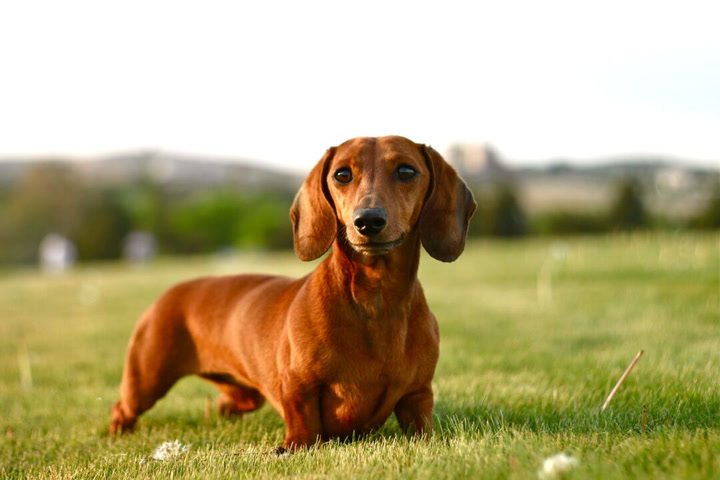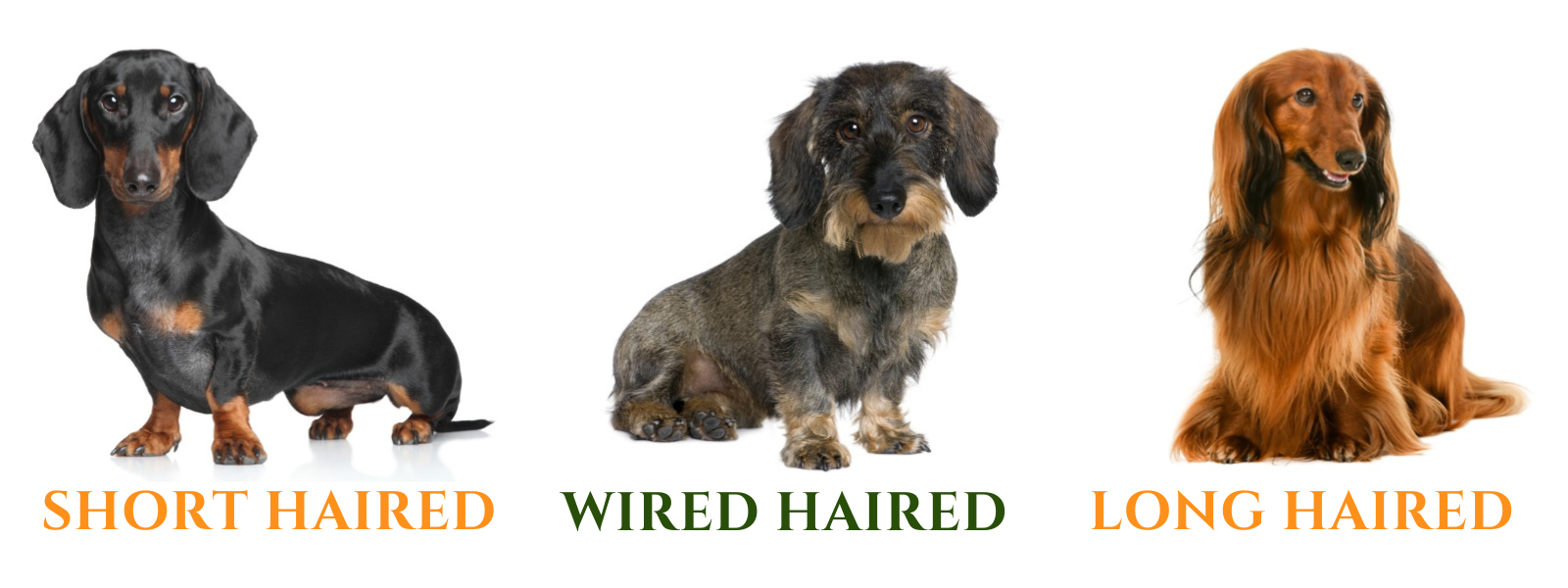The dachshund, with its elongated body, short legs, and characteristically long ears, is a breed that has captured the hearts of humans for centuries. These sausage dogs, as they are affectionately known, are beloved for their playful personalities, loyalty, and unwavering determination. But beyond the charming exterior lies a rich history, rooted in the practical needs of a bygone era. While the Dachshund is now primarily a cherished companion animal, its origins tell a fascinating tale of a breed meticulously designed for the unique task of hunting badgers. Understanding the Dachshund’s past is essential to appreciating its present and the qualities that have shaped it into the popular breed we know today.
Contents
- 1 Historical Origins: The Dachshund’s Purpose in Early Germany
- 2 Hunting Companions: Tracking and Burrowing Prey
- 3 Badger Hunting: A Specialized Role for the Dachshund
- 4 Other Game: Beyond Badgers and Rabbits
- 5 Evolution and Adaptability: The Dachshund’s Breeders’ Influence
- 6 Legacy of a Working Breed: The Dachshund Today
- 7 Conclusion
Historical Origins: The Dachshund’s Purpose in Early Germany

The Dachshund’s lineage can be traced back to Germany, where its ancestors were bred for centuries to hunt badgers and other burrowing animals. The breed’s exact origins are unclear, but evidence suggests that it may have descended from a mixture of terriers, pinschers, and pointers. Initially, the Dachshund was not a distinct breed, but rather a type of dog used for hunting. It wasn’t until the late 19th century that the breed was standardized and recognized by kennel clubs.
During this time, German hunters faced a common problem – how to effectively track and capture elusive prey that would often escape underground through narrow tunnels and burrows. They needed a dog that could navigate these tight spaces and flush out game without getting stuck, and thus, the Dachshund was born.
Hunting Companions: Tracking and Burrowing Prey

To effectively hunt badgers, a dog needed a unique set of attributes:
A Long, Low Body
The Dachshund’s elongated body, particularly its short legs, allowed it to easily navigate the tight, twisting tunnels of badger burrows. This agility was crucial for pursuing quarry deep underground, where other dogs would struggle to follow. Additionally, the Dachshund’s low body also helped it maintain balance and avoid getting stuck while crawling through small spaces.
A Keen Sense of Smell
The Dachshund’s keen sense of smell was another essential quality for tracking prey in underground tunnels. The breed’s long, narrow snout and well-developed olfactory system made it an exceptional tracker, able to follow a scent trail even in complex underground networks.
Fearlessness and Tenacity
Hunting badgers is not for the faint of heart, and the Dachshund needed to be fearless and tenacious to succeed. These qualities were ingrained in the breed through careful breeding, as timid or hesitant dogs would not fare well on a badger hunt. The Dachshund’s determination and bravery were vital for facing off against fierce prey and staying on task until the job was done.
Badger Hunting: A Specialized Role for the Dachshund

Badger hunting was a specialized and challenging task that required a specific set of skills and strategies. The Dachshund, with its unique physical and behavioral traits, was the perfect candidate for this role. However, it wasn’t just about individual qualities – training also played a crucial role in shaping the Dachshund into an effective badger hunter.
Tracking and Flushing Out Prey
The most crucial part of a badger hunt was finding the prey. Dachshunds were trained to use their keen sense of smell to track down badgers’ scent and follow it to their burrows. Once located, the dog would then dig and bark at the entrance to flush out the badger, who would then try to escape. This is where the Dachshund’s low, elongated body came in handy, as it could easily follow the badger through the tight tunnels and onto the surface.
Confronting the Prey
Once the badger was above ground, the Dachshund had to use its fearlessness and tenacity to keep the prey at bay until the hunter arrived. This could be a dangerous task, as badgers were known for their ferocity and sharp claws. However, the Dachshund’s unique body shape and quick reflexes made it difficult for the badger to attack and allowed it to hold the prey at bay until the hunter could safely dispatch it.
Hunting in Packs
While Dachshunds were primarily used for hunting badgers, they were also employed for other game, such as rabbits and foxes. In these instances, they would often work in packs, with each dog having a specific role to play. Some dogs would track the prey, others would flush it out, and some would stand guard to prevent the animal from escaping. The Dachshunds’ small size and high energy levels made them well-suited for this team approach to hunting.
Other Game: Beyond Badgers and Rabbits

As mentioned earlier, the Dachshund’s hunting abilities extended beyond just badgers and rabbits. In fact, the breed was highly versatile and adaptable, making it suitable for a variety of hunting situations. For example, their long bodies and sturdy legs made them adept at tracking and retrieving wounded game, while their keen sense of smell and agility also made them useful for waterfowl hunting. The Dachshund’s versatility and willingness to learn new skills made it a valuable companion for hunters all over the world.
Evolution and Adaptability: The Dachshund’s Breeders’ Influence

The Dachshund’s evolution into the breed we know today was largely influenced by the selective breeding practices of its early owners. As the breed gained popularity and became more standardized, breeders started focusing on specific traits and characteristics, rather than just hunting abilities. This led to the development of different types of Dachshunds, such as the smooth-haired, wire-haired, and long-haired varieties. While all these types shared the same hunting instincts, they differed in terms of appearance and temperament.
Another notable change in the Dachshund’s evolution was the shift from a working breed to a companion animal. As hunting declined in popularity, Dachshunds were increasingly kept as pets, leading to further changes in their physical appearance and temperament. Today, we can see the influence of both their hunting heritage and their domestication in the modern Dachshund.
Legacy of a Working Breed: The Dachshund Today
While the Dachshund may no longer be primarily used for hunting, its legacy as a working breed lives on. Even today, many Dachshunds still possess the same qualities that made them such successful hunters – intelligence, curiosity, and determination. These traits, combined with their affectionate and playful nature, make them excellent companions for families and individuals alike.
The Dachshund’s unique appearance has also made it one of the most recognizable dog breeds in the world. Their long, low bodies and endearing facial expressions have captured the hearts of people worldwide and earned them the nickname “sausage dogs.” They are popular in various activities, such as conformation shows, agility competitions, and even as therapy dogs.
Conclusion
From their humble beginnings as badger hunters in Germany to their current status as beloved family pets, the Dachshund’s journey is a testament to their impressive adaptability and enduring appeal. While their role as hunting dogs may have evolved, they continue to bring joy and companionship to countless homes around the world. The Dachshund’s story is one of resilience and determination, just like the breed itself.
